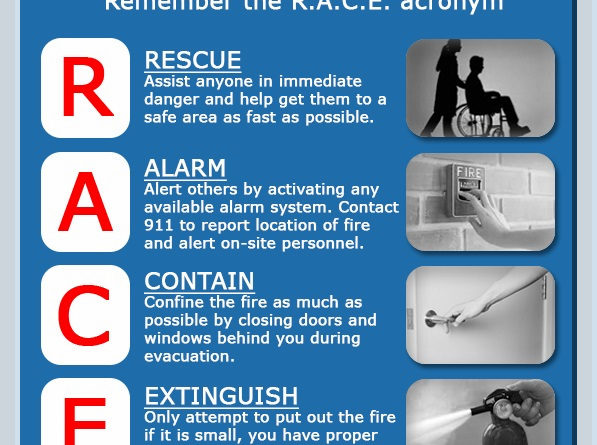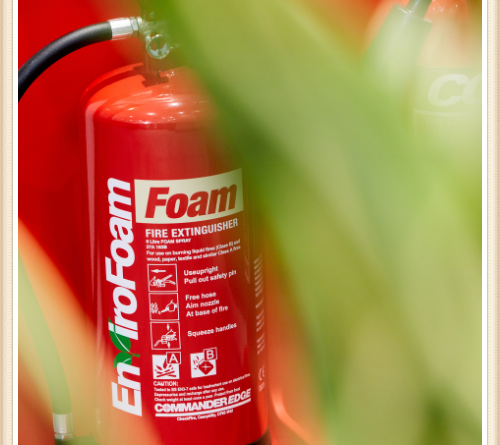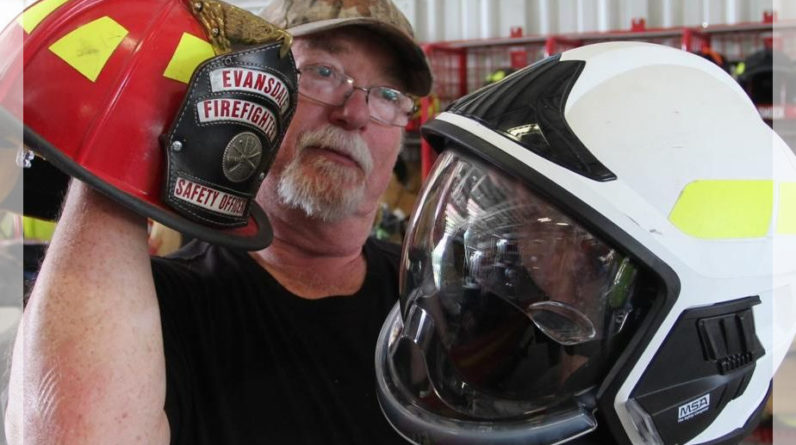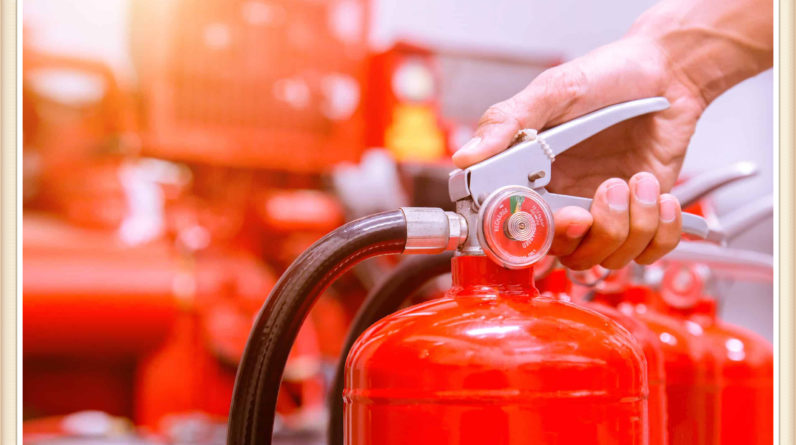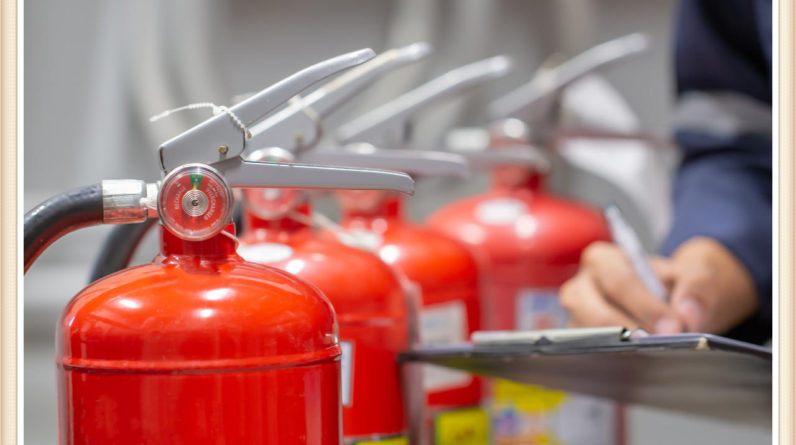
Firefighting Tools
Firefighting tools are necessary for the challenging and dangerous profession of firefighting which requires extensive training, physical strength, and specialized equipment. One of the most critical components of a firefighter’s turnout gear is the right tools. These right tools are designed to assist firefighters in fighting flames of fires and other emergencies. These play a vital role in ensuring the safety of both the firefighters and the public.
The tools used by firefighters vary depending on the type or class of fire and the nature of the call. However, some essential tools are commonly used in almost every firefighting operation. Here are some of the most commonly used firefighter tools that a professional firefighter must know:
Fire Hose as Tools of Firefighting
A fire hose is a flexible water delivery system that is used to extinguish fires. Fire hoses come in various sizes and materials, and they are designed to withstand high pressure and extreme temperatures. They are usually connected to a fire hydrant or a fire engine’s pump and used to deliver water to the seat of the fire.
Types of Fire Hose
Fire hoses are an essential tool in firefighting, and there are various types of fire hoses that firefighters use depending on the situation. Here are some of the most common types of fire hoses:
Attack Hose
An attack hose is a high-pressure hose used to deliver water or foam to the fire and is considered an important firefighting tool. Attack hoses are lightweight and maneuverable, making them ideal for use in small spaces, such as homes or apartments. They come in various sizes, with the most common being 1 ½ inch and 1 ¾ inch diameters.
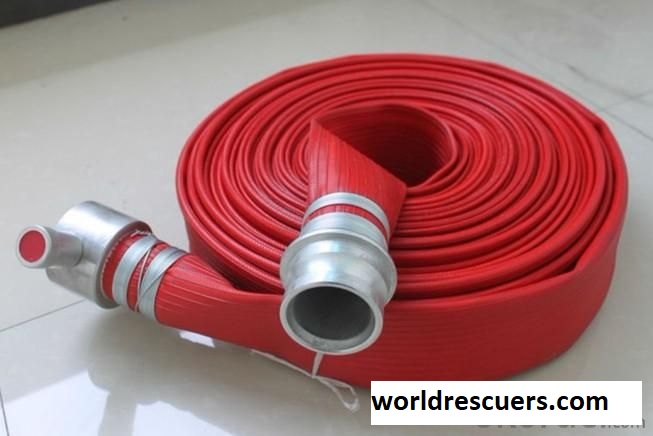
Supply Hose
Supply hoses are used to transport water from a fire hydrant or water reservoir to the fire engine or pumping truck. These hoses are larger in diameter and designed to handle high water flow rates. They come in various sizes, with the most common being 2 ½ inch and 3-inch diameters.
Booster Hose
Booster hoses are used to supply water to small fires or for mop-up operations. These hoses are lightweight and easy to handle, making them ideal for quick-response situations. They are usually ¾ inch in diameter and can be easily rolled and stored on the fire engine.
Forestry Hose
Forestry hoses are designed for use in wildland firefighting operations. These hoses are lightweight and highly maneuverable, allowing firefighters to quickly move through rough terrain. They are typically 1 inch in diameter and can handle high-pressure water flow rates.
Industrial Hose
Industrial hoses are used in industrial settings, such as factories or chemical plants, where there is a risk of chemical or hazardous material fires. These hoses are specially designed to withstand high pressure and extreme temperatures, and they are usually made of synthetic materials like PVC or polyurethane.
Fireman Axe as a firefighting tool
Axes are used by firefighters to break through doors, windows, and walls to gain access to a burning building or rescue trapped victims. They are also used to ventilate the building by creating holes in the roof or walls to allow smoke and heat to escape.
Halligan Tool
The Halligan tool is a versatile tool used by firefighters for forcible entry, demolition, and other tasks. It is a multi-purpose tool that combines a claw, an adze, and a pick. The Halligan tool is used to pry open doors and windows, break locks, and breach walls.
Thermal Imaging Camera
A thermal imaging camera is a handheld device that allows firefighters to see through smoke and darkness. It detects heat signatures and displays them as images on a screen. This tool is essential in locating victims and hotspots in a burning building.
Types of Thermal imaging cameras
There are several types of thermal imaging cameras, including:
Uncooled cameras
These cameras use microbolometer arrays to detect thermal radiation and are commonly used in low-temperature applications.
Cooled cameras
These cameras use cryogenic cooling to improve their sensitivity and are typically used in high-temperature applications. In major fire cases, this is one of the valuable firefighting tools.
Long-wave infrared (LWIR) cameras:
These cameras operate in the 8-14 micron wavelength range and are commonly used in industrial and scientific applications.
Multi-spectral imaging cameras
These cameras combine thermal imaging with visible light imaging to provide more detailed information about the scene being imaged.
Handheld thermal cameras
These cameras are portable and battery-operated, making them suitable for field applications such as building inspections, electrical maintenance, and public safety.
Applications of thermal imaging
- Building inspections: To detect heat loss, air leakage, or water intrusion.
- Electrical inspections: To identify hot spots in electrical equipment that may indicate a potential problem.
- Firefighting: To locate hot spots and people trapped in a burning building.
- Industrial processes: To monitor the temperature in manufacturing processes.
- Medical applications: To detect abnormal patterns of heat distribution in the body.
Overall, thermal imaging cameras are a powerful tool for detecting temperature differences and can be used in a wide range of industries and applications.
Fire Extinguisher
A fire extinguisher is a portable device that is used to put out small fires. Fire extinguishers come in various types, including water, foam, CO2, and dry chemical. Each type is designed to extinguish specific types of fires, so it’s important to use the right type of extinguisher for each situation.
Breathing Apparatus as a firefighting tool
A breathing apparatus is an essential firefighting tool and firefighters used it to get clean air in a smoky or contaminated environment. It consists of a mask that covers the face and a tank of compressed air that the firefighter carries on their back. Breathing apparatus allows firefighters to work in areas where the air is toxic or deficient in oxygen.
Self-contained breathing apparatus (SCBA) is a type of respiratory protective equipment used by firefighters, rescue workers, and other emergency responders to protect themselves from inhaling toxic gases and smoke. It is also used by workers in industrial environments where there is a risk of exposure to hazardous substances.
Parts of SCBA
An SCBA typically consists of a
- Full-face mask or hood that covers the entire face and head
- Compressed air cylinder
- Regulator
- The hose that connects the mask or hood to the cylinder
The cylinder contains compressed air, which is released through the regulator and into the mask or hood when the wearer inhales.
The primary function of an SCBA is to provide a continuous supply of breathable air to the wearer. This is achieved by using compressed air, which is stored in the cylinder at a pressure of 2,200 to 4,500 pounds per square inch (psi). Depending on the size of the cylinder, an SCBA can provide anywhere from 30 minutes to 2 hours of breathing air.
In conclusion, self-contained breathing apparatus is an essential firefighting tool for firefighters, rescue workers, and other emergency responders. Further details are available here.
Firefighter Helmet
The US firefighter helmet is more than just a part of firefighter gear. The unique design and its features save the skull and face of firefighters while managing fire incidents. Firefighters rely on their helmets to provide essential protection from flames, smoke, and falling debris. European fire helmets are also commonly used in different fire services.
In conclusion, firefighting tools are essential for the safety of firefighters and the public. They are designed to assist firefighters in fighting fires, rescuing people, and performing other critical tasks. It’s essential for firefighters to know how to use each tool properly and have the necessary training to do so. The right tool at the right time can make a significant difference in the outcome of an emergency situation.
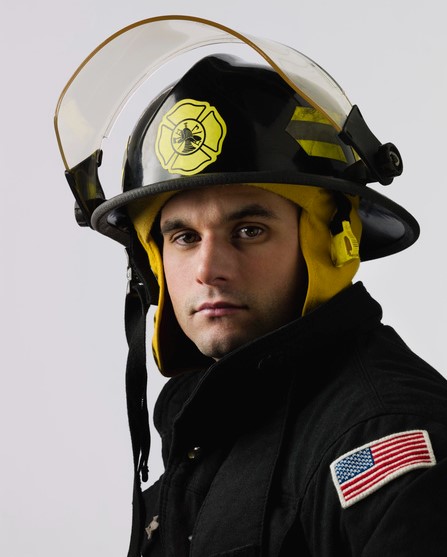
Hi, I am John Smit a Captain in Fire Department City of Newyork with over years of experience in the field of Firefighting and HSE. My passion for fire safety started when I was a young boy and witnessed a neighbor’s house go up in flames along with precious lives. Since then, I had dedicated my life to ensuring the safety of buildings, properties, and individuals in case of a fire and medical emergencies.


